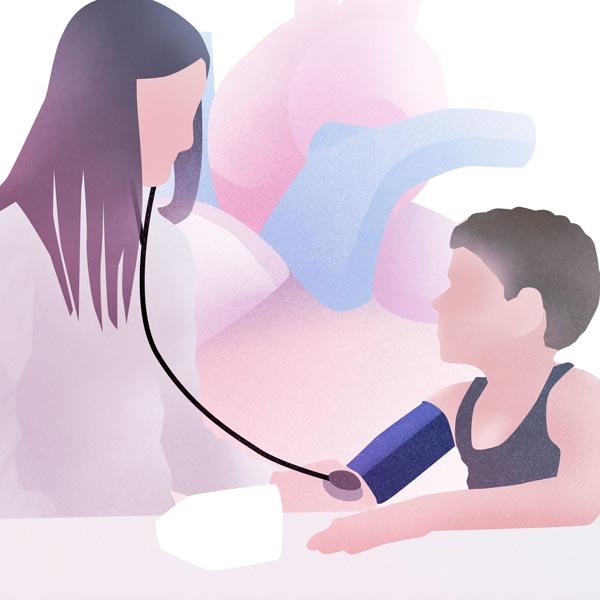
Cystinosis, a short overview and treatments
Rezan Topaloglu, MD, FESPN
Professor of Pediatrics and Pediatric Nephrology. Hacettepe University School of Medicine, Ankara, Turkey.
Resumen
La cistinosis es una enfermedad multisistémica que se hereda de forma autosómica recesiva y cuyo origen está en mutaciones en el gen CTNS, que se localiza en el brazo corto del cromosoma 17. El gen CTNS codifica la cistinosina, que es un transportador lisosomal de cistina. A causa de las mutaciones en el gen CTNS, el transporte lisosómico se altera y los cristales de cistina se acumulan en diversos órganos. En el norte de Europa y en América la mutación más frecuente es la deleción de 57 kb. Hasta la fecha se han descrito más de 200 mutaciones en todo el mundo. Los riñones son el órgano afectado mayoritaria y principalmente. El síndrome de Fanconi renal es el signo distintivo de la cistinosis nefropática infantil, que es la causa más habitual del síndrome de Fanconi renal en niños. Junto con el compromiso del túbulo proximal renal, eventualmente se aprecian afectación y proteinuria glomerulares. El diagnóstico y el tratamiento precoces son la clave para preservar las funciones renales. Sin tratamiento, los pacientes cistinóticos alcanzan la fase final de la enfermedad renal al término de la primera década. Por tanto, son fundamentales el diagnóstico precoz y que se inicie el tratamiento —y se siga adecuadamente— con cisteamina. Los resultados del trasplante renal son satisfactorios.
Palabras clave: cistinosis, gen CTNS, defectos genéticos, manifestaciones clínicas, tratamiento con cisteamina, tratamiento precoz.
Abstract
Cystinosis is a multisystemic disease with autosomal recessive inheritance that results from mutations in the CTNS gene, located on the short arm of chromosome 17. The CTNS gene encodes cystinosin, which is a lysosomal cystine transporter. Due to mutations in the CTNS gene, lysosomal transport is impaired and cystine crystals accumulate in various organs. The most common mutation in Northern Europe and America is the 57-kb deletion. To date, more than 200 mutations have been described from all over the globe. Kidneys are the first and principally affected organ. Renal Fanconi syndrome is the hallmark of infantile nephropathic cystinosis, which is the most common cause of renal Fanconi syndrome in children. In addition, renal proximal tubule glomerular involvement and glomerular proteinuria eventually manifest. Early diagnosis and early treatment are pivotal for the preservation of renal function, since without treatment, cystinosis patients reach end-stage renal disease at the end of the first decade. Therefore, early diagnosis, initiation and compliance of cysteamine treatment are of utmost importance. The results of renal transplantation are satisfactory.
Keywords: cystinosis, CTNS gene, genetic defects, clinical features, cysteamine treatment, early treatment.




